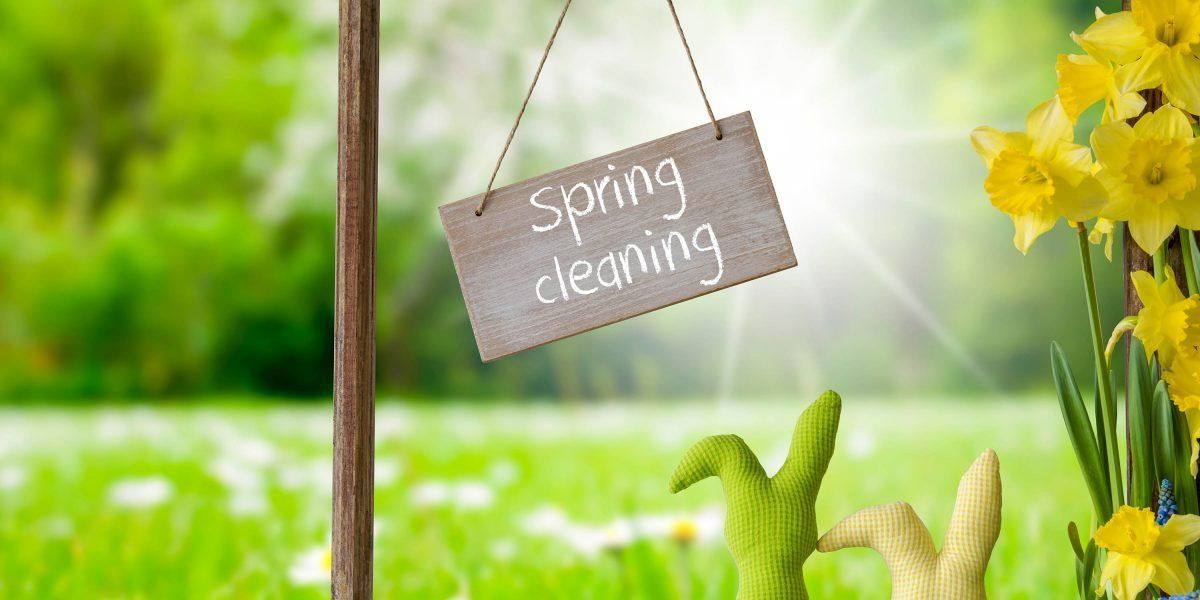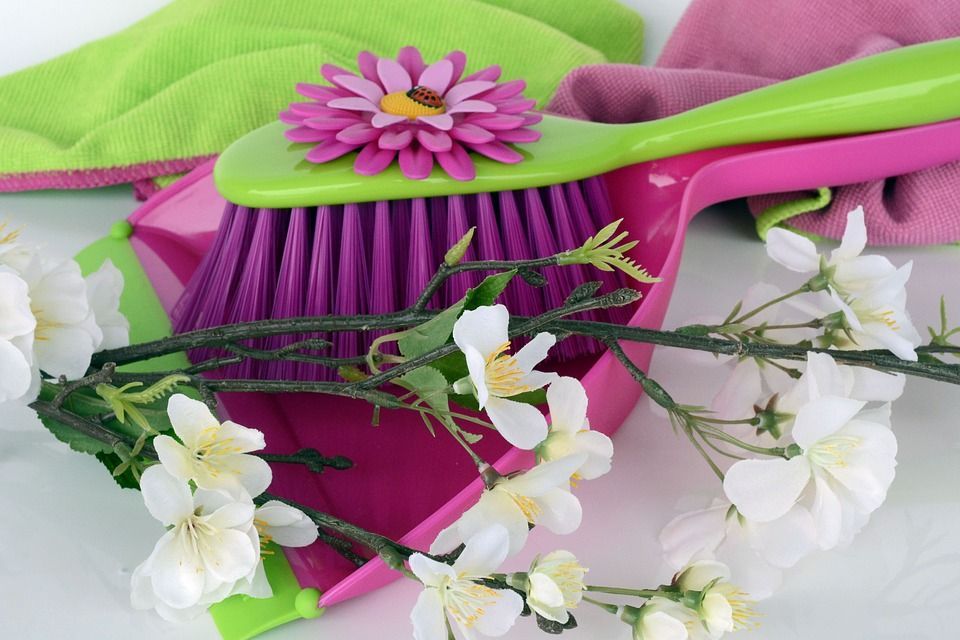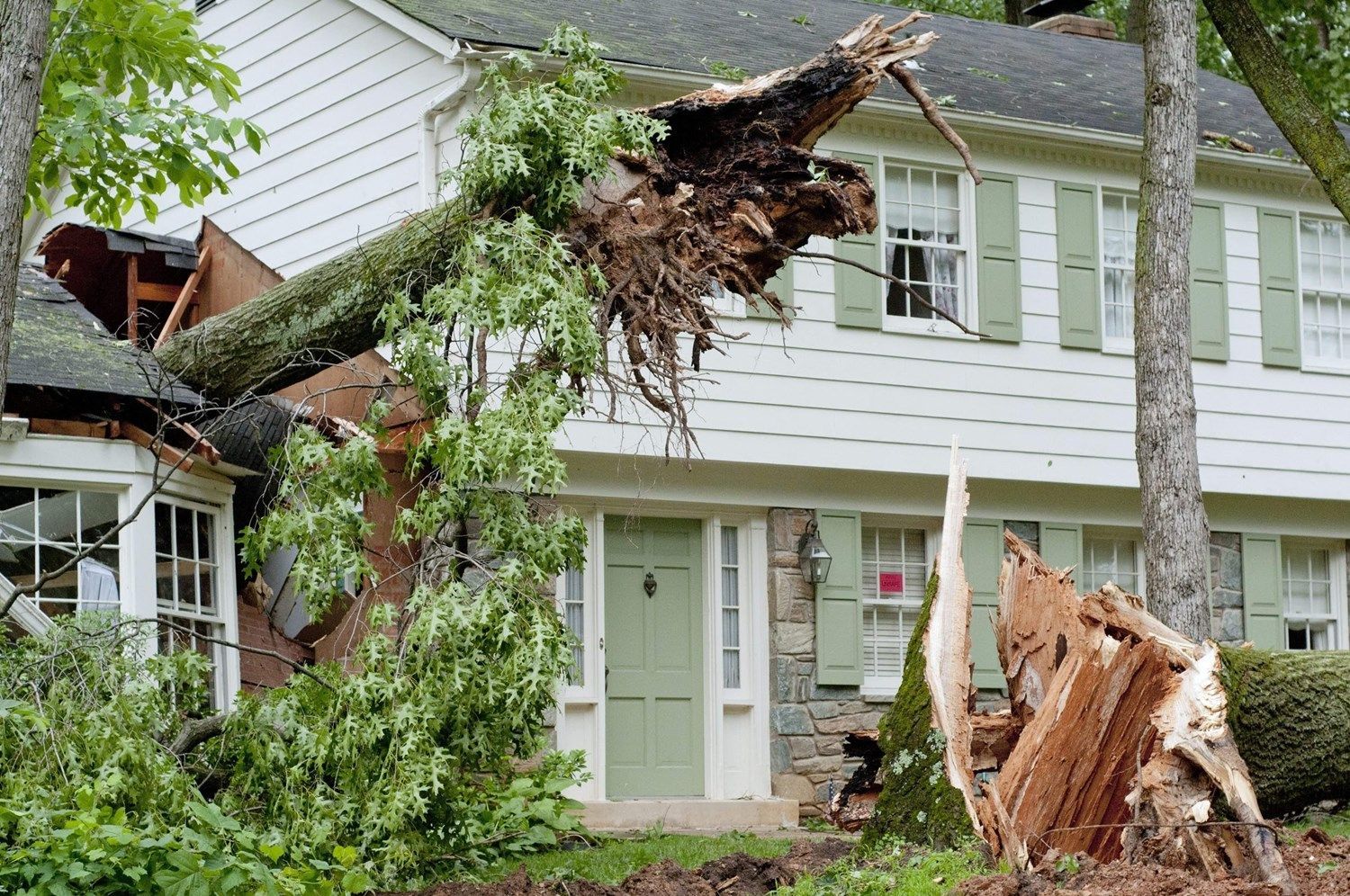Spring Maintenance Tips for a Beautiful Outdoor Space
Are you ready to embrace the Season of Renewal?
As the weather warms up and nature bursts back to life, spring presents an excellent opportunity to revitalize your outdoor spaces. After the dormancy of winter, your yard and garden eagerly await rejuvenation. With proper spring maintenance, you can set the stage for a season of lush growth and vibrant blooms. In this comprehensive guide, we'll delve into essential tips to guide you through the process of revitalizing your outdoor areas, ensuring they are not only aesthetically pleasing but also functional and enjoyable for outdoor activities and relaxation. Let's embark on this journey to transform your outdoor space into a haven of natural beauty and serenity.
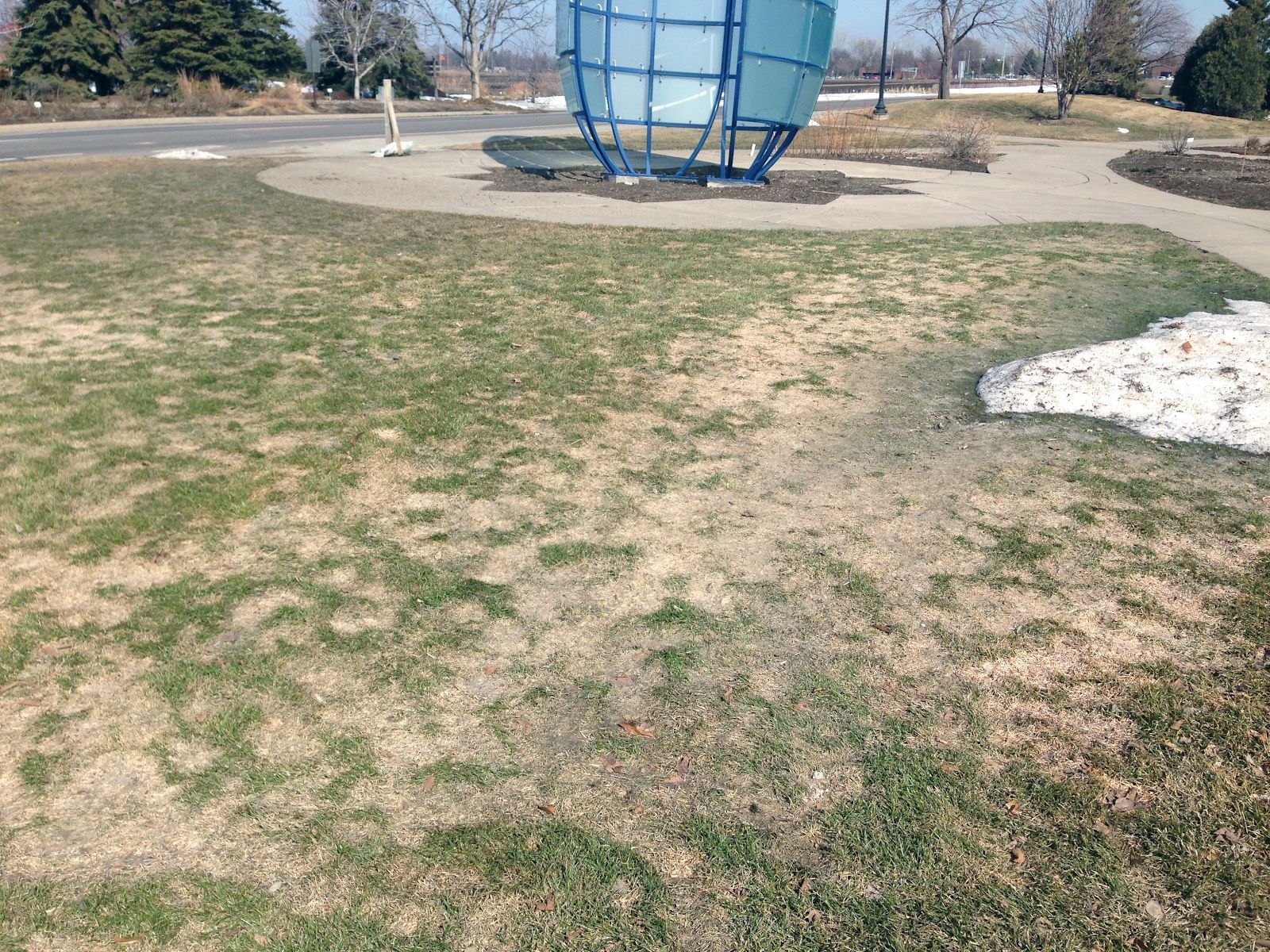
Assessing Winter Damage: Where to Begin
Before diving into spring maintenance tasks, take some time to assess any damage that may have occurred during the winter months. Look for signs of winter damage such as dead or damaged plants, broken branches, and areas of soil erosion. Addressing these issues early on will help prevent further damage and set the stage for a successful spring season.
Winter can be harsh on your outdoor plants and landscaping, so it's essential to carefully inspect them for any signs of distress. Pay attention to any plants that appear wilted, discolored, or have missing leaves or branches. These could be indications of damage from freezing temperatures, frost, or snow accumulation. Additionally, examine your lawn for areas of bare or yellowing grass, which may indicate damage from ice or compacted soil.
Tidying Up: Clearing Away Debris
Start your spring maintenance routine by clearing away debris that has accumulated in your yard and outdoor spaces over the winter. Remove fallen leaves, branches, and other debris from your lawn, flower beds, and walkways. Rake away any dead grass or thatch to allow for healthy new growth. Cleaning up debris not only improves the appearance of your yard but also helps prevent pests and diseases from taking hold.
Clearing away debris is a crucial first step in preparing your outdoor spaces for the upcoming growing season. Dead leaves and plant debris can harbor pests and diseases, which can spread to healthy plants if left unchecked. By removing this debris, you create a clean and healthy environment for your plants to thrive. Additionally, clearing away debris improves air circulation and sunlight penetration, which are essential for plant growth and vitality.
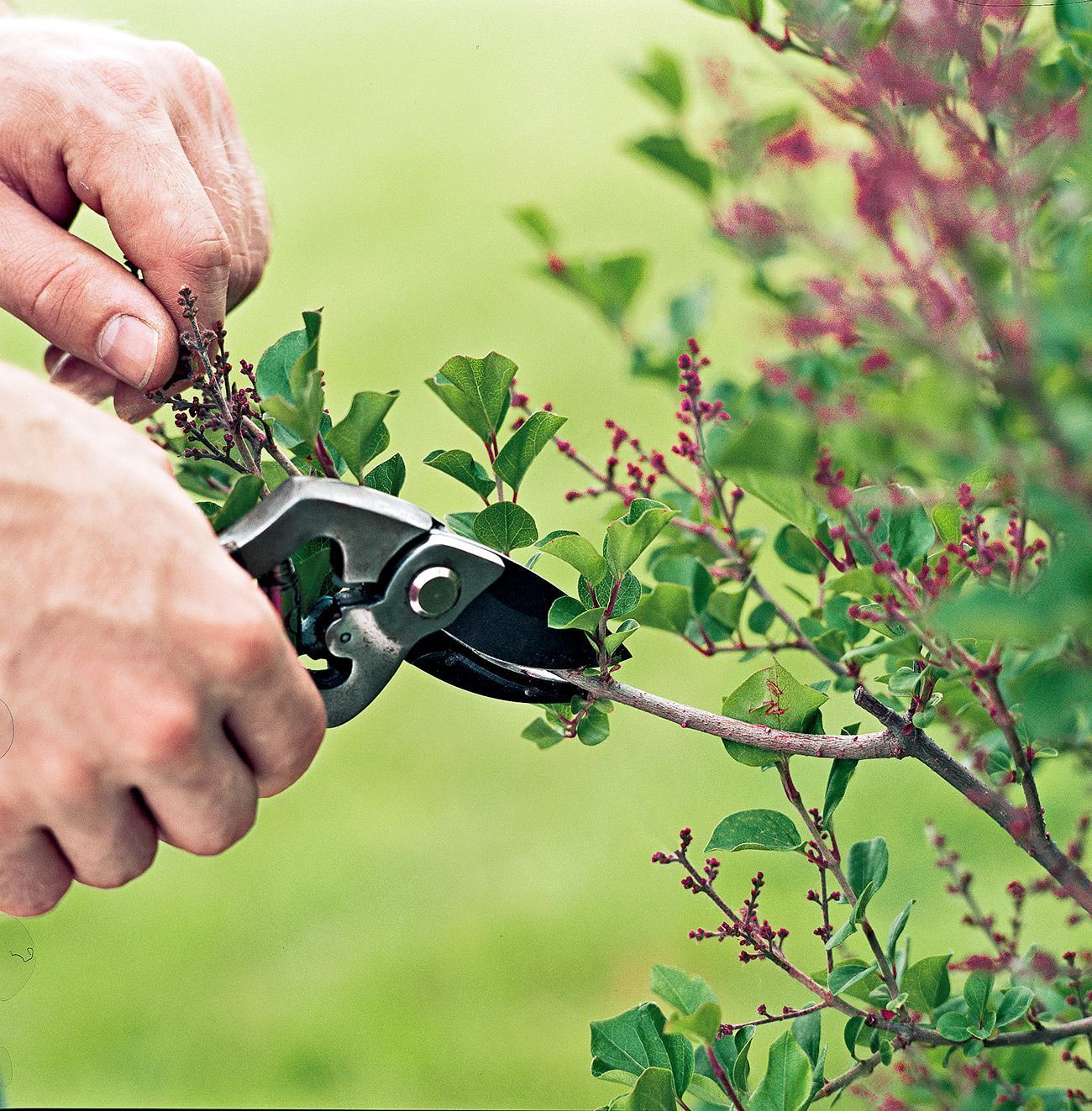
Pruning and Trimming: Promoting Growth and Health
Pruning and trimming are essential tasks for promoting the growth and health of your plants and trees. Remove any dead or damaged branches from trees and shrubs, as well as any branches that are crossing or rubbing against each other. Trim back overgrown shrubs and hedges to encourage new growth and maintain a tidy appearance. Be sure to use sharp, clean tools and make clean cuts to minimize damage to plants.
Proper pruning and trimming not only enhance the appearance of your landscape but also stimulate healthy growth and vitality in your plants. By removing dead or diseased branches, you can prevent the spread of disease and encourage new growth. Additionally, trimming back overgrown shrubs and hedges improves air circulation and sunlight penetration, promoting overall plant health. Take your time and prune with care, focusing on creating a balanced and aesthetically pleasing shape while promoting optimal plant growth.
Fertilizing and Feeding: Nourishing Your Plants
Spring is an ideal time to fertilize your lawn and garden beds to provide essential nutrients for healthy growth. Choose a high-quality fertilizer formulated specifically for the needs of your plants and apply it according to the manufacturer's instructions. Consider using organic or slow-release fertilizers for a more sustainable approach. Additionally, feed any hungry plants with a balanced fertilizer to encourage robust growth and abundant blooms.
Fertilizing your plants provides them with the nutrients they need to thrive throughout the growing season. Nitrogen, phosphorus, and potassium are essential elements for plant growth, promoting strong roots, lush foliage, and vibrant blooms. By fertilizing in the spring, you ensure that your plants have access to these vital nutrients when they need them most. Be sure to follow the recommended application rates to avoid over-fertilization, which can harm plants and leach into the environment.
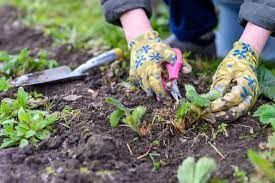
Weeding and Pest Control: Keeping Your Yard Healthy
Weeds and pests can quickly take over your yard if left unchecked, so it's essential to stay on top of weed control and pest management. Pull weeds by hand or use a garden hoe to remove them from your lawn and garden beds. Consider applying a pre-emergent herbicide to prevent weed seeds from germinating. Keep an eye out for signs of pests such as aphids, slugs, and snails, and take appropriate measures to control them before they cause damage.
Maintaining a weed-free and pest-free yard is essential for the health and vitality of your plants. Weeds compete with desirable plants for water, nutrients, and sunlight, while pests can cause extensive damage to foliage and flowers. By practicing regular weeding and implementing effective pest control measures, you can ensure that your plants have the best possible chance of thriving. Consider using natural and environmentally friendly methods of pest control whenever possible to minimize harm to beneficial insects and wildlife.
Mulching and Watering: Conserving Moisture and Suppressing Weeds
Mulching is a simple yet effective way to conserve moisture, suppress weeds, and improve the overall health of your soil. Apply a layer of mulch around trees, shrubs, and garden beds to help retain moisture and regulate soil temperature. Choose a mulch material that complements your landscape and provides the benefits you desire, such as shredded bark, wood chips, or compost. Additionally, be sure to water your plants deeply and consistently to encourage healthy root growth and reduce stress during hot, dry periods.
Mulching provides numerous benefits for your plants and soil, including moisture retention, weed suppression, and insulation against temperature extremes. A layer of mulch helps to retain soil moisture by reducing evaporation and slowing down water runoff. This not only conserves water but also promotes healthy root growth and reduces the need for frequent watering. Additionally, mulch acts as a natural weed barrier, preventing weed seeds from germinating and competing with your plants for resources. Be sure to replenish mulch as needed throughout the growing season to maintain its effectiveness.

Conclusion: Enjoying the Fruits of Your Labor
By following these essential tips for spring yard and outdoor maintenance, you can create a beautiful and inviting outdoor space that you'll love spending time in all season long. From assessing winter damage to tidying up, pruning, fertilizing, and beyond, proper spring maintenance sets the stage for a healthy and thriving landscape.
Embracing these spring maintenance tasks not only enhances the appearance of your outdoor space but also contributes to its overall health and longevity. Regular maintenance ensures that your plants have the best chance to thrive, producing lush foliage and vibrant blooms throughout the season. With a little time and effort invested in caring for your yard, you can enjoy a landscape that not only enhances your home's curb appeal but also provides a peaceful retreat for you and your family to enjoy.
So, roll up your sleeves, grab your gardening tools, and get ready to transform your outdoor space into a haven of natural beauty and serenity. With each task completed, you'll be one step closer to enjoying the fruits of your labor—a flourishing landscape that brings joy and relaxation to your outdoor living experience.

